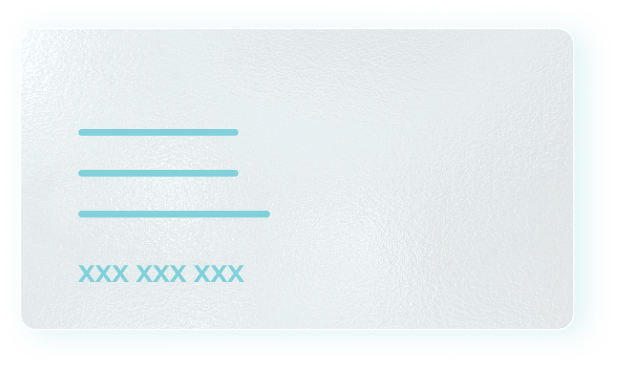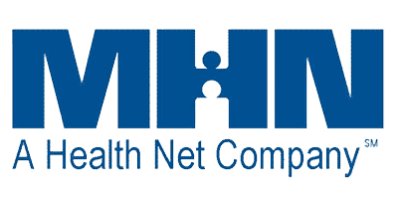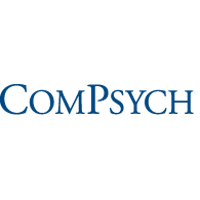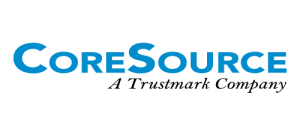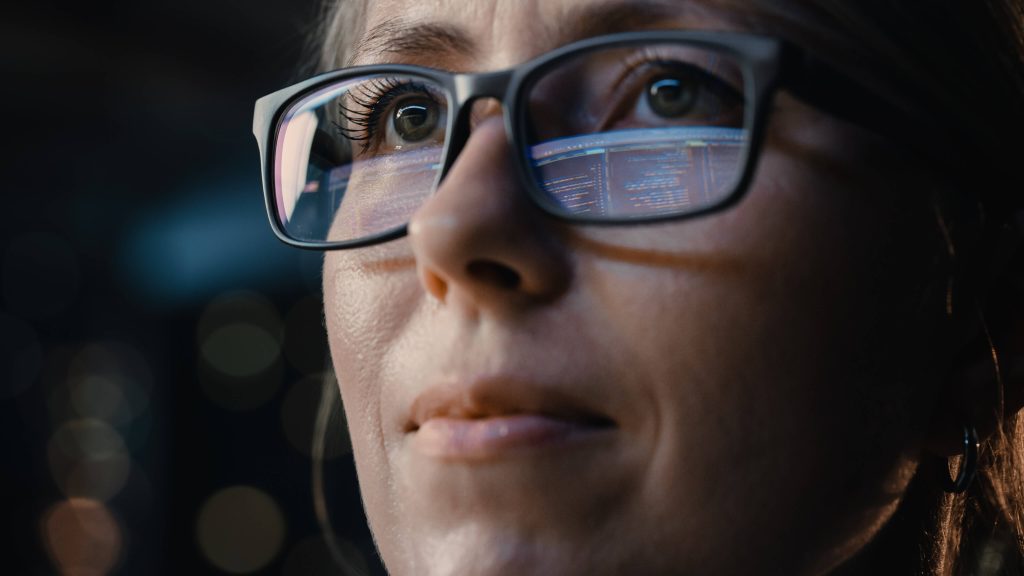
The fast-paced world of technology, often celebrated as a beacon of progress, hides a grim shadow: the escalating rates of mental health issues and addiction problems. My recent heartbreak of losing a dear colleague to addiction, a culmination of untreated depression and anxiety, compels me to delve deeper into this topic. It’s no longer just a statistical observation; it’s deeply personal. When we say tech professionals face a risk five times higher for mental health and addiction challenges, it’s not merely a number; it represents real people, real lives, and real stories.

Why the Tech Industry?
The ‘Always On’ Culture:
Working in tech means that you’re often plugged in round the clock. The merging of time zones, incessant emails, and an expectation to troubleshoot issues at any hour can result in burnout and chronic stress.
Perfectionism & High Expectations:
There’s an immense pressure to be flawless in tech, leading to crippling self-doubt and anxiety.
The Loneliness of Digital Connection:
Despite being more connected than ever, tech professionals often work in isolation. The digital world can sometimes be a lonely place.
The Mental Load of Constant Innovation:
Professionals often grapple with the anxiety of obsolescence, constantly needing to update their skills.
Imposter Syndrome:
Many tech professionals face the internalized belief of not being “good enough” or genuine, leading to increased levels of anxiety.
Untreated depression and anxiety can lead individuals down the path of substance misuse and addiction as they seek relief.
Turning the Tide: Addressing Mental Health in Tech
Recognizing the risks is the first step. Here are some solutions, each accompanied by an illustrative example:
Cultivating a Culture of Openness:
Creating safe spaces where tech professionals can share their struggles without judgment is vital. Online communities and internal company support groups can be beneficial.
Example: Anna, a software developer, joined ‘OSMI’ (Open Sourcing Mental Illness) to share her experiences. She found solace and strategies to manage stress.
Ensuring Work-Life Balance:
Setting boundaries and ensuring dedicated time off from tech-related activities can rejuvenate both the mind and body.
Example: Raj, a system analyst, allocated dedicated ‘tech-free’ hours in his day. This helped him recharge mentally and emotionally.
Mental Health Education & Resources:
Investing in mental health resources, courses, and tools can arm individuals with strategies to manage stress and recognize signs of more severe issues.
Example: Liam, a tech marketer, took online courses about mental well-being and learned mindfulness techniques.
Recognizing the Warning Signs:
Early recognition of mental health symptoms can lead to timely interventions and prevent exacerbation of conditions.
Example: Jasmine, a network engineer, noticed her increasing irritability and sleeplessness. Seeking therapy helped her address the root causes.
Providing Support for Addiction:
Recognizing addiction’s signs and seeking timely support can be life-saving. Outpatient counseling and inpatient detox and rehab centers, like Crosspointe Recovery, are at your disposal if the problem arises.
Example: Diego, a UI/UX designer, realizing his growing dependency on alcohol, joined a rehabilitation program and sought group counseling.

In the face of these challenges, individuals are not powerless. By being proactive, seeking support, and prioritizing mental well-being, every tech professional can navigate the pressures of the industry without succumbing to its pitfalls. Let this be our clarion call to extend understanding and compassion to our peers, recognizing that behind every screen is a human with their own set of challenges.







